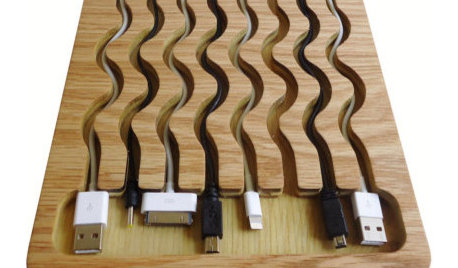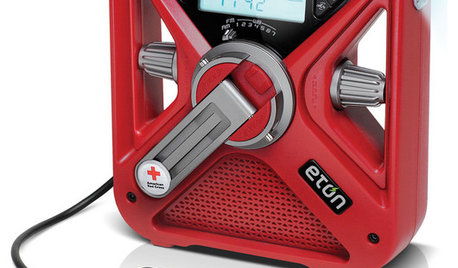Charging problems on Kohler CV20S
louky
11 years ago
Related Stories

REMODELING GUIDESThe Hidden Problems in Old Houses
Before snatching up an old home, get to know what you’re in for by understanding the potential horrors that lurk below the surface
Full Story
GARDENING GUIDESSolve 3 Common Landscape Problems — With More Plants
Sometimes the best defense is a good offense
Full Story
PRODUCT PICKSGuest Picks: Stay Charged
It’s power to the people with the coolest smartphone and tablet chargers, stations and cord organizers on the block
Full Story
HOME TECHReady to Bid Good Riddance to Charging Cords?
A new breed of base stations will reduce wires, decluttering homes and saving sanity everywhere
Full Story
THE HARDWORKING HOMEA Hidden Charging Cabinet Corrals and Juices Family’s Electronics
The Hardworking Home: Laptops, phones and tablets now have a safe space in this kitchen, keeping the countertops uncluttered
Full Story
DIY PROJECTSHide All Those Wires in a DIY Charging Station
Keep your gadgets handy and charged with a flexible storage board you can design yourself
Full Story
HOME TECHComing Soon: Furniture That Charges Your Phone
Countertops, tables and home appliances with wireless charging capability mean less clutter — and zero effort powering your phone
Full Story
HOME TECH7 Ways to Charge Up and Connect After Disaster
Products and tips for communicating and keeping essential items running till the power's back on
Full Story
KITCHEN DESIGNLightened-Up Midcentury Kitchen Goes With the Flow
A ranch’s kitchen, dining area and living room are combined in one beautifully unified space, while a mudroom solves a clutter problem
Full Story
4 Easy Ways to Renew Your Bathroom Without Remodeling
Take your bathroom from drab to fab without getting out the sledgehammer or racking up lots of charges
Full Story





rcbe
mownie
Related Professionals
Beavercreek Landscape Architects & Landscape Designers · Medford Landscape Contractors · Cary Landscape Contractors · Fair Lawn Landscape Contractors · Fishers Landscape Contractors · Fort Worth Landscape Contractors · Fridley Landscape Contractors · New Berlin Landscape Contractors · Pleasant Grove Landscape Contractors · San Benito Landscape Contractors · Wailuku Landscape Contractors · Wilsonville Landscape Contractors · Baileys Crossroads Landscape Contractors · Dallas Window Contractors · Sayville Window Contractorsbill_kapaun
loukyOriginal Author
bill_kapaun
bill_kapaun
loukyOriginal Author
bill_kapaun
loukyOriginal Author
loukyOriginal Author
loukyOriginal Author
mownie
loukyOriginal Author
loukyOriginal Author
bill_kapaun
loukyOriginal Author
bill_kapaun
mownie
BlackSilver
mownie
luckypennyranch
loukyOriginal Author
loukyOriginal Author
luckypennyranch